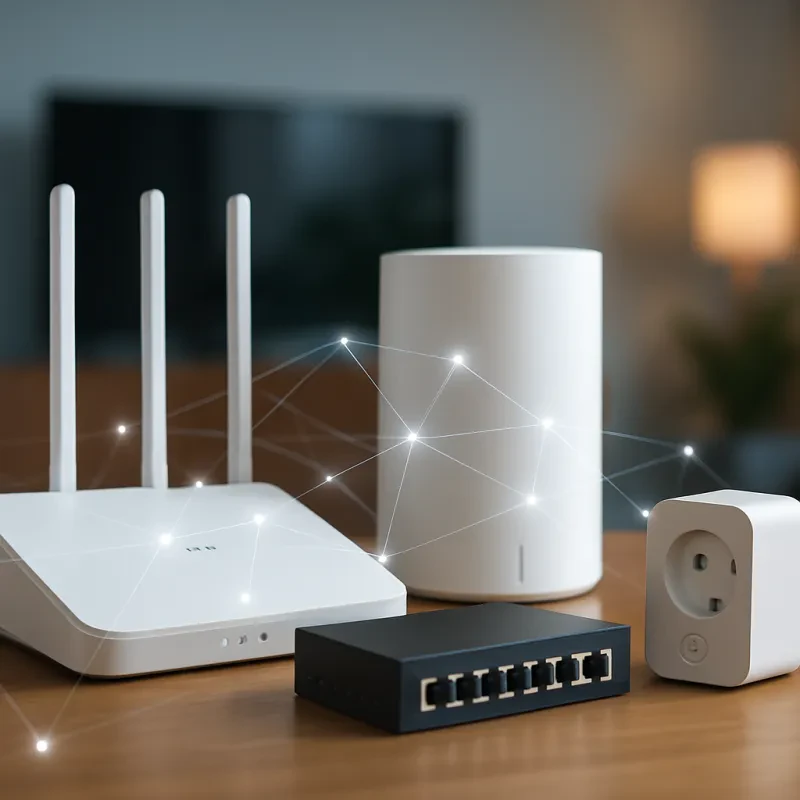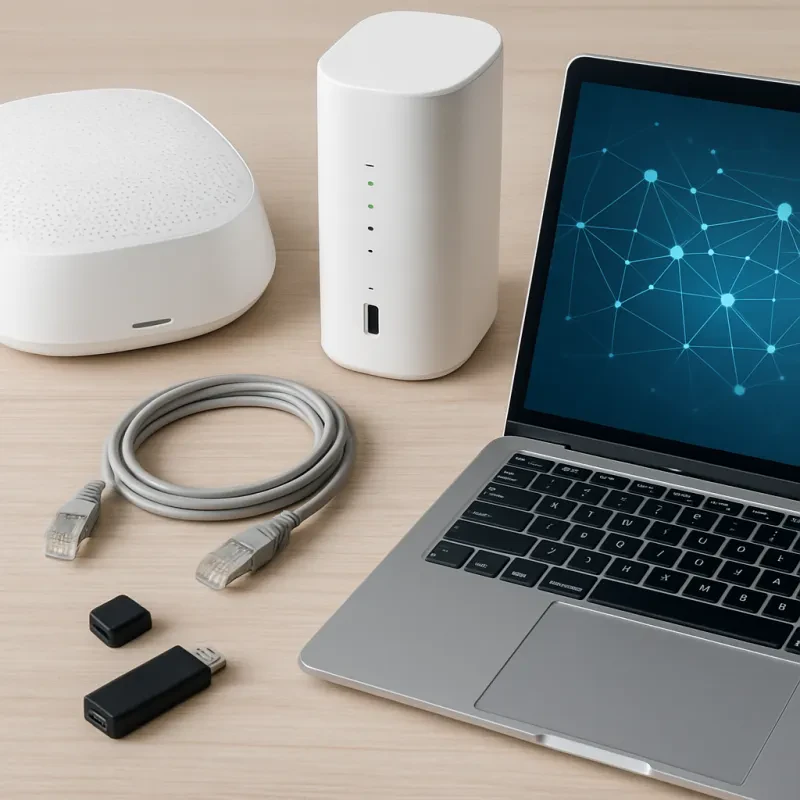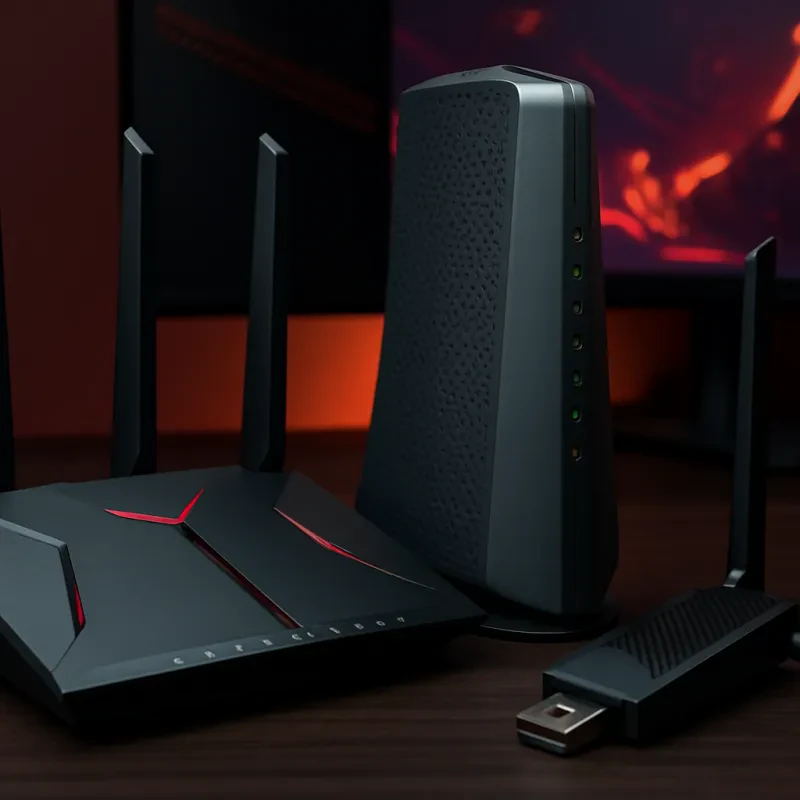Computer networking is the practice of connecting multiple computers and devices together to share resources and information. This allows users to communicate with each other, access shared files, and share printers and other peripheral devices. In simpler terms, computer networking is like a virtual web that connects all the devices in a network, enabling them to communicate and share information seamlessly.
One of the key components of computer networking is the use of protocols, which are sets of rules that govern how data is transmitted and received between devices. These protocols ensure that information is sent and received accurately and efficiently, allowing for smooth communication between devices. Some common networking protocols include TCP/IP, Ethernet, and Wi-Fi.
Computer networks can range in size and complexity, from simple home networks connecting a few devices to large corporate networks connecting thousands of devices across multiple locations. Regardless of the size, all computer networks rely on hardware devices such as routers, switches, and modems to manage the flow of data between devices and ensure efficient communication. These hardware devices work together to create a network infrastructure that supports the exchange of information between devices.
Basic Components of a Network
Computer networking is the practice of connecting computers and other electronic devices together in order to share resources such as files and printers. There are several basic components that make up a network, each of which plays a crucial role in ensuring that data is transmitted efficiently and securely.
One of the most important components of a network is the network interface card (NIC), which is a hardware device that allows computers to connect to a network. The NIC is responsible for sending and receiving data packets over the network, and is typically integrated into the motherboard of a computer or installed as a separate expansion card.
Another key component of a network is the router, which is a device that directs data packets between different networks. Routers are essential for ensuring that data is properly routed to its destination, and often include features such as firewalls and network address translation (NAT) to enhance security.
In addition to NICs and routers, networks also require network cables or wireless connections to physically connect devices together. Ethernet cables are commonly used to connect computers to routers and other network devices, while wireless connections such as Wi-Fi are popular for enabling devices to connect to a network without the need for cables.
Setting Up Your Home Network
Next, you'll want to set up your Wi-Fi network by giving it a unique name and password. This will help keep unwanted guests from piggybacking on your connection. Remember to choose a strong password that includes a mix of letters, numbers, and special characters to keep your network secure.
Once your Wi-Fi network is up and running, you can start connecting your devices. Simply go to the Wi-Fi settings on your device, select your network, and enter the password you created earlier. You can also connect devices using an Ethernet cable for a more stable connection, especially for devices that require high bandwidth like gaming consoles or smart TVs.
Don't forget to update your router's firmware regularly to ensure it's running smoothly and securely. Most routers have an option in their settings to check for updates, so be sure to do this periodically. With these simple steps, you'll have your home network set up and running in no time.
Troubleshooting Common Networking Issues
As a beginner in computer networking, it's common to run into issues that might seem daunting at first. However, most of these problems have simple solutions that can be easily resolved with a bit of troubleshooting. Here are some common networking issues you might encounter, along with solutions to help you tackle them.
1. No Internet Connection: If you find yourself unable to connect to the internet, the first step is to check your modem and router. Make sure they are properly connected and powered on. If everything looks fine, try restarting both devices. You can also try resetting your network settings on your computer or device.
2. Slow Internet Speed: Slow internet speed can be frustrating, but there are a few things you can do to improve it. Check if there are any background downloads or uploads taking up bandwidth. You can also try moving closer to the router, or consider upgrading your internet plan if you consistently experience slow speeds.
3. Unable to Connect to a Network: If you're having trouble connecting to a specific network, double-check the network name and password. Make sure you're entering the correct credentials. You can also try restarting your device or resetting your network settings to see if that helps establish a connection.


